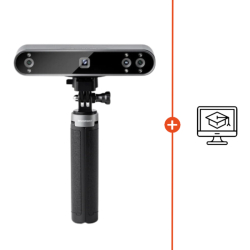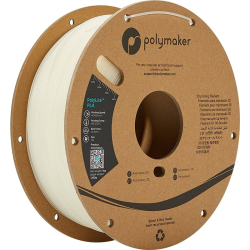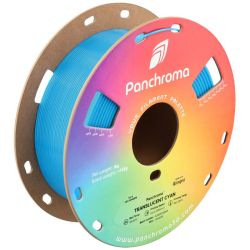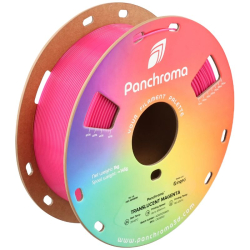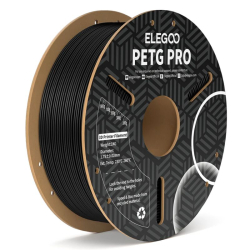- 👨🔧 Premium After-sale service
- 🚚 Free delivery from €39.90
- 📦 Return under 14 days
- ✉️ Customer service
Translucent / transparent filament
Active filters
Translucent / transparent filament
In 3d printing and in the world of plastics in general, it's easy to find translucent or transparent plastics. However, FDM technology, which works by stacking layers, creates in all cases an effect of anisotropic refractions of light which breaks the transparency effect that your filament could have.
Despite this, you can already tell the difference between a translucent and a transparent material. By its level of clarity, a translucent material lets light through but does not allow you to see clearly through it. A transparent plastic, on the other hand, will allow you to see through more clearly. Whether you use a transparent or translucent filament, it is important to note that your 3D prints will suffer from this layer stacking phenomenon. This translucent effect can be improved depending on your designs and settings, find out our tips here. (See video)
By default, the best-performing transparent filaments are, in order, PC polycarbonate, PETG and PP. The first is used for spectacle lenses or camera lenses, and has optical performance in terms of transparency. Many manufacturers offer these so-called natural or transparent polycarbonate filaments. Simpler and offering very similar results, the petg family will also offer good clarity or transparency properties for the natural or clear versions. You will also find a selection of more standard products such as PLA orABS which are also available in these forms but with less good transparency than the previous ones.
A translucent filament has no transparency by default, just a clarity that allows light to pass through, unlike an opaque filament. Some natural materials such as nylons will behave in this way.
By default, most of your applications will be translucent rather than transparent.
Chemical smoothing is an interesting option for increasing this transparent effect (Polysmooth clear / Polysher). In the case of PC, fine sanding will also produce good results. The condition is always to print only thin shells and to treat them on both sides.
How do you choose your translucent filament?
In this category of 3d printing filament, you will find filaments as simple as PLA or PETG but also more technical ones such as certain nylons, polypropylene or polycarbonate filaments. It is therefore important to assess your needs and your material possibilities in order to make the right choice.
Which reel of 3d translucent filament should I buy?
Whether for design applications, models, architectural projects or prototyping, your choice should be based on the diameter of filament used by your 3d printer and its performance.
If translucency is your priority, discover forshape transparent resins and printers with LCD technology, which are affordable and much more efficient for applications where true transparency is required.





















